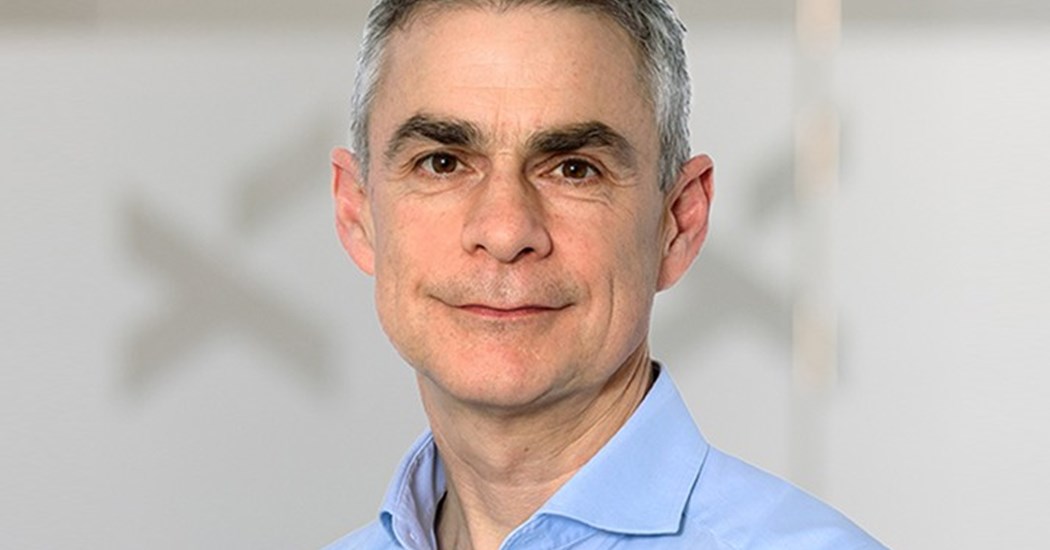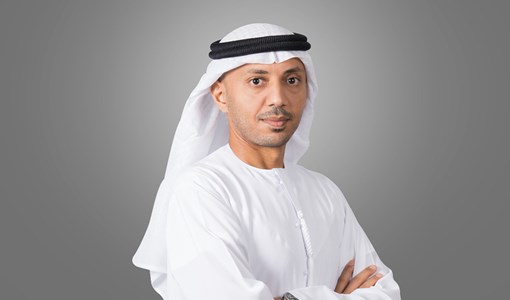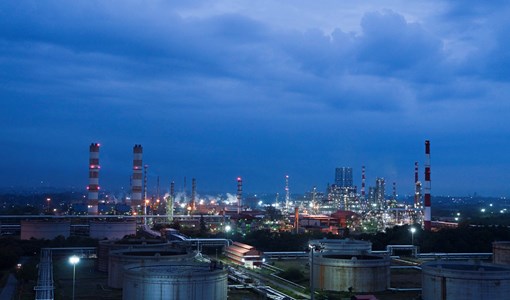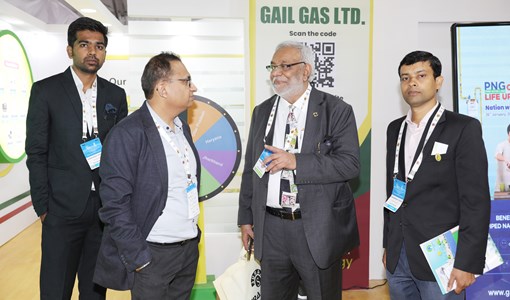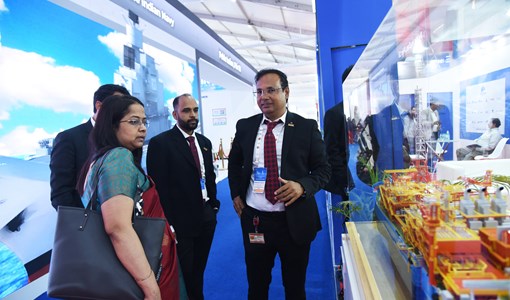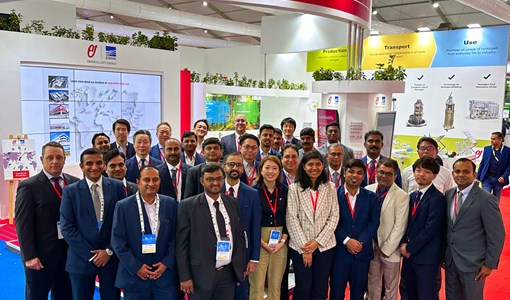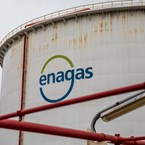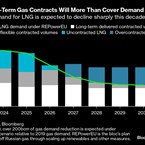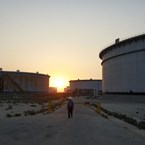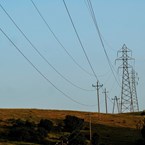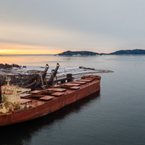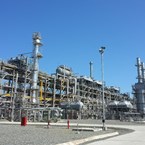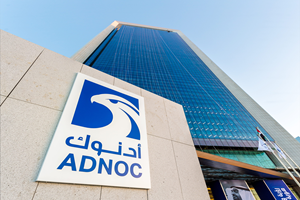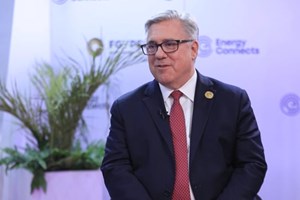Life in the field during challenges times
Stuart Barr, Field Development director, Xodus Group spoke to Julian Walker about how Xodus achieves field development excellence
How do companies deliver new projects efficiently in today’s oil price environment?
From the early 1980s, I have experienced the effects of many oil price crashes, but the present one is unique – it has been compounded by a pandemic and is set against the urgent need to respond to climate change. During low prices, the usual operator response is to cut spending and keep producing, but inactivity is no longer enough, the industry must renew itself and its image.
Projects are how our industry renews itself and my guiding principal to project efficiency is simplicity. This doesn’t mean choosing the obvious, instead it requires understanding, visionary thinking and a commitment to get the most from the opportunity without overcomplicating the problem.
There are still opportunities for innovative thinking in a downturn. For example, 15 years ago I was fortunate to lead the engineering of the Angel platform, offshore Australia, from concept selection through detailed design. Development of this significant resource had stalled for several decades. A strategy of de-manning such a large gas/condensate production system halved the weight of the platform and was a true industry first, made possible by Woodside’s commitment and a truly excellent engineering/operations team – all in the midst of an industry downturn. Reducing the platform functions to the minimum and then building with quality paid off and Angel is one of the largest unmanned offshore production facilities in the world with >99% uptime.
Simplicity in design, execution and operation starts at the concept development stage. It creates efficiencies in delivery and assurance in the outcome – providing the confidence needed for project sanction.
How important is operational excellence, particularly in the Middle East?
As production facilities are expanded, operations become more complex and the focus is on ‘uptime’, with production personnel ‘fighting fires’ to help stay online. In this environment, production efficiency often receives less attention than it should.
Fortunately, today’s performance monitoring tools and visualisation techniques automate such analyses to allow the production team to see at a glance, not only performance, but also the cause of degradation. These tools are now inexpensive and quick to configure to a system. With uptake of these aids, I expect we will see improved personnel and asset efficiency.
Throughout my time at Xodus we have developed unique tools that help drive efficiency – and now the analyses that underpin them can be completed in a fraction of the time that they once took. We can drive improvements whilst tracking the gains in reduced energy intensity and higher production efficiency.
Sometimes we can obtain benefits without hardware change – just by improved understanding of how your production system performs best. For example, is your system pressure profile maximising yield? Is your dehydration system at its most energy efficient? Which parameters give you most leverage and are cleaning regimes at their most effective?
Improved operational efficiency often leads to emissions reduction, creating a double benefit as the industry works towards meeting Net Zero targets.
How does Xodus achieve field development excellence?
Due to historically poor project performance, the upstream industry now operates a near universal system of phased development engineering, with a system of decision gates. But like any widely used system, there is a drive to commoditise its procurement. A creative, but structured process must fit within an increasingly fixed price culture. Can clients still get the service they need, even as their own resources are spread more thinly?
Xodus was founded on independent, integrated thinking and while at the company, I have ensured that this ethos is applied to developments and that we work as an integrated team with our client. Once we understand the opportunity, we engage with their subsurface and surface teams – as well as our own - to ensure that the best development solution is found, protecting against downside realisations whilst maximising upside potential. To ensure field development excellence, we become a flexible extension of the client’s business which is both agile and challenging with the best solution at the heart of everything we do.
This collaborative culture and the empowerment of our study managers and engineers is the key to our success in bringing projects to a successful investment decision. Our teams are encouraged to think widely and challenge existing practices. Such an approach recently enabled our team to identify an alternative processing/storage solution that offered much lower costs, less production interruption during implementation and much faster schedule. This was achieved within a lump sum environment, proving that value increasing solutions can still be achieved in a collaborative relationship.
What innovation are you bringing to field development?
From my experience, I strongly believe the company is at the leading edge of a revolution in field development and engineering practices. Individuals are trusted to bring their specialisms across a range of projects and our clever engineers are now complemented with a range of new technologies and tools.
We are seeing innovation across the board and for some time, we have been using our environmental database, eBase, as a central reference for EIAs. Now, we are also employing a digital project design basis that is shared and referenced by all project participants. This enables automated data access by engineers and comes with secure change management and revision history.
Our engineering simulations and standard calculations are compiled into an automated workflow that accesses the digital database. Use of standard workflows from our library greatly increases the efficiency of these analytical steps, allowing our development engineers to focus on interpreting the results. A further benefit of this automation is that it allows much greater analysis, sometimes processing thousands of simulations/calculations across the solution space – looking at the effects of many different variables which engineers can interrogate visually in seconds.
When this is coupled with smart data extraction and visualisation, both Xodus and our clients have a much greater understanding of the solution space and our recommendations. And because this process is automated, it can be updated ‘overnight’ if a change is implemented in the project design basis. Cost and schedule savings are realised the first time, but multiply when changes inevitably occur.
This is just one part of a wider transformation taking place within Xodus where our work is accelerating design development and driving efficiencies for clients.
What lessons can be learned from mature regions, such as the North Sea, when developing new fields?
The North Sea has many marginal oil and gas pools within reach of existing infrastructure, but the easy wins have largely been implemented, often with conventional tie-back thinking. What remains are the most marginal resources. Getting smaller resources over the line requires a little more ingenuity and selection of appropriate technology.
Operators acting to ring fence their own interests have been challenged by initiatives from the Oil and Gas Authority (OGA) whilst the Oil and Gas Technology Centre (OGTC) has promoted development and deployment of new technologies that can unlock remaining reserves.
We believe a true lesson learnt that could be applied to frontier fields would be to look at a basin holistically from the outset, considering the energy requirements and how this can be met by both hydrocarbon reserves and new energy resources.
We are working retrospectively within the UKCS to apply this type of thinking. For existing infrastructure, we are looking at energy efficiency and repurposing for alternative energy sources, and for new developments we are trying to understand how they could be used as energy hubs. These projects, developed in a mature basin, will provide the ground work for the wider industry. Our integrated teams are already involved on a global scale with exciting projects which are looking at new and innovative ways to get energy supply to the demand in the most efficient way, not necessarily the most traditional.
What impact is the energy transition having on new projects?
Operators are now having to back up statements on environmental intent with quantified progress towards their goals for Scope 1, 2 and 3 emissions. Many have committed to Net Zero for Scope 1 and 2 emissions within relatively short timeframes. This is already having an increasing influence on both current operations and new projects and we are working with operators to identify opportunities and devise strategies to meet these goals.
Quantified environmental performance is a standard element of project decision making and option selection, but we are now seeing that embedded carbon and emissions calculators are a fundamental part of our development toolbox.
In the short term, operators can make low cost improvements by maximising operating efficiency (as referenced earlier). Based on our design and operational support experience, we have developed a checklist of opportunities, many being simple operating/control adjustments that can be implemented quickly.
Some years after Norway took the lead in offshore electrification using onshore renewable sources, operators are now widely seeking to quantify the benefits of centralised electrification and renewable supply through wind and solar, as well as diversifying their portfolios and reviewing what their infrastructure could service in the future.
Once the emissions reduction opportunities have been identified, it is necessary to rank them. However, the increasingly popular ‘marginal cost assessment’ does not recognise all the issues associated with construction, production downtime etc – a holistic approach is necessary, just as it always has been. Robust development and engineering skills are required to understand the problem and devise a plan.
Although the industry is being challenged on many fronts, I see Xodus and other agile service providers responding by using innovation and technology to support efficiency in development and production. By engagement and collaborative working, we can renew our industry by helping operators overcome these multiple challenges and ensure a bright and sustainable future for everyone.
KEEPING THE ENERGY INDUSTRY CONNECTED
Subscribe to our newsletter and get the best of Energy Connects directly to your inbox each week.
By subscribing, you agree to the processing of your personal data by dmg events as described in the Privacy Policy.

Energy Workforce helps bridge the gender gap in the industry
Mar 08, 2024
EGYPES Climatech champion on a mission to combat climate change
Mar 04, 2024
Fertiglobe’s sustainability journey
Feb 29, 2024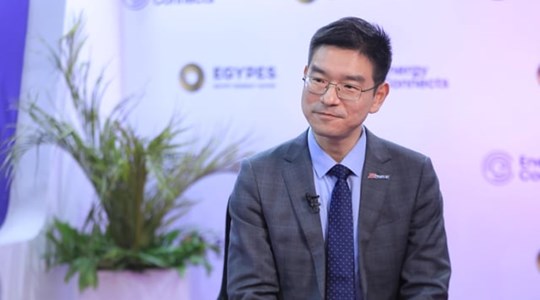
Neway sees strong growth in Africa
Feb 27, 2024
P&O Maritime Logistics pushing for greater decarbonisation
Feb 27, 2024
India’s energy sector presents lucrative opportunities for global companies
Jan 31, 2024
Oil India charts the course to ambitious energy growth
Jan 25, 2024
Maritime sector is stepping up to the challenges of decarbonisation
Jan 08, 2024
COP28: turning transition challenges into clean energy opportunities
Dec 08, 2023
Why 2030 is a pivotal year in the race to net zero
Oct 26, 2023Partner content

Ebara Elliott Energy offers a range of products for a sustainable energy economy

Essar outlines how its CBM contribution is bolstering for India’s energy landscape

Positioning petrochemicals market in the emerging circular economy

Navigating markets and creating significant regional opportunities with Spectrum


